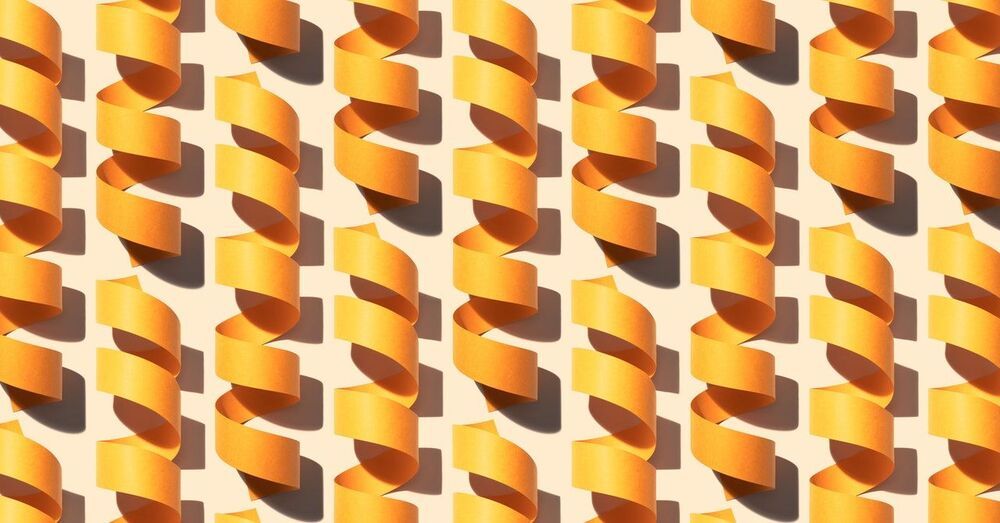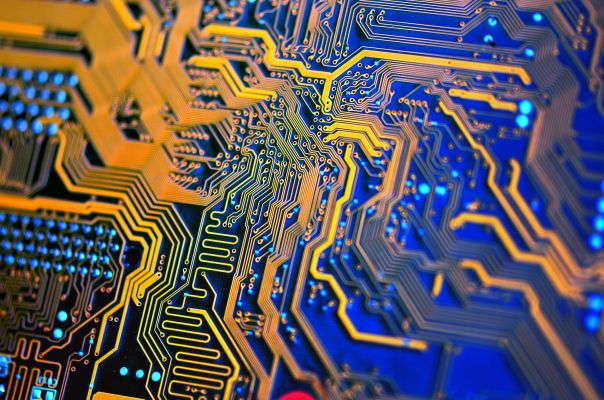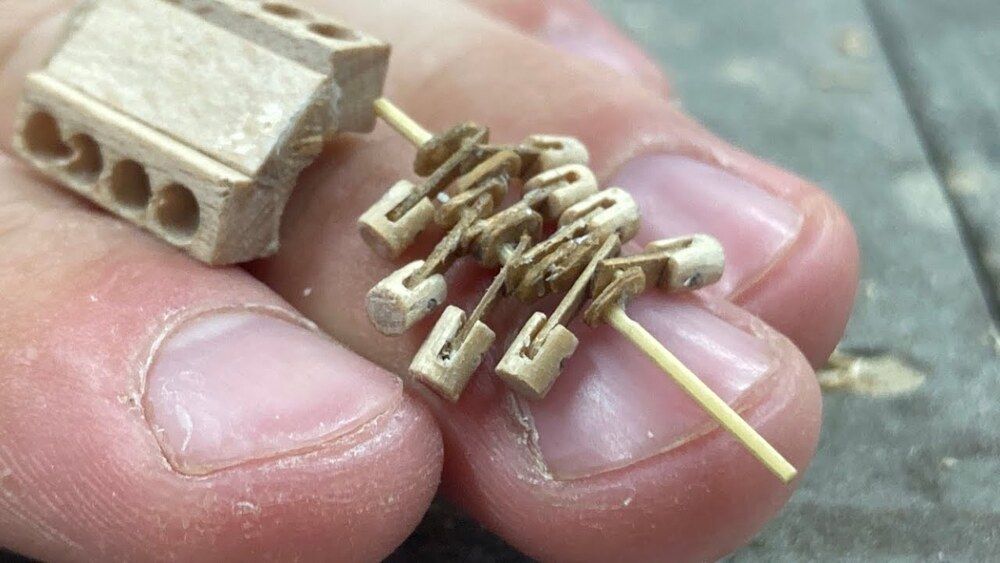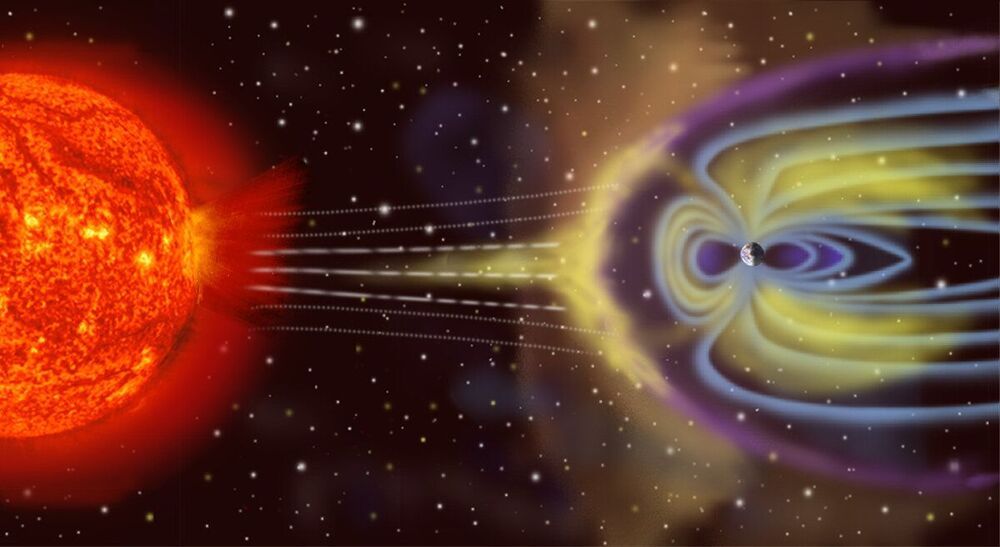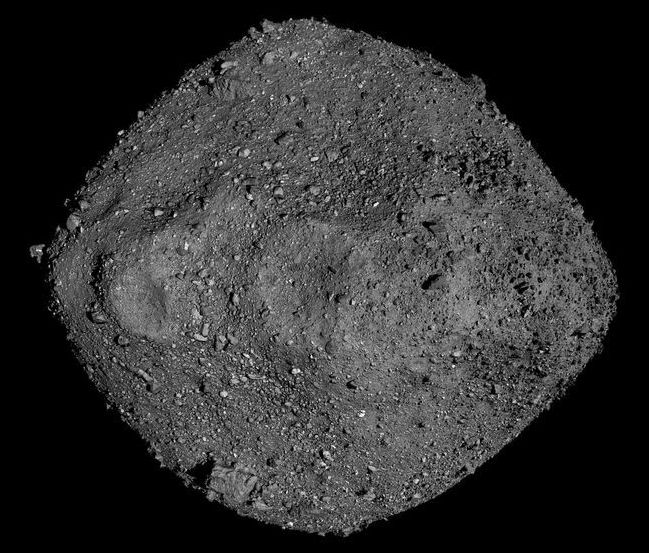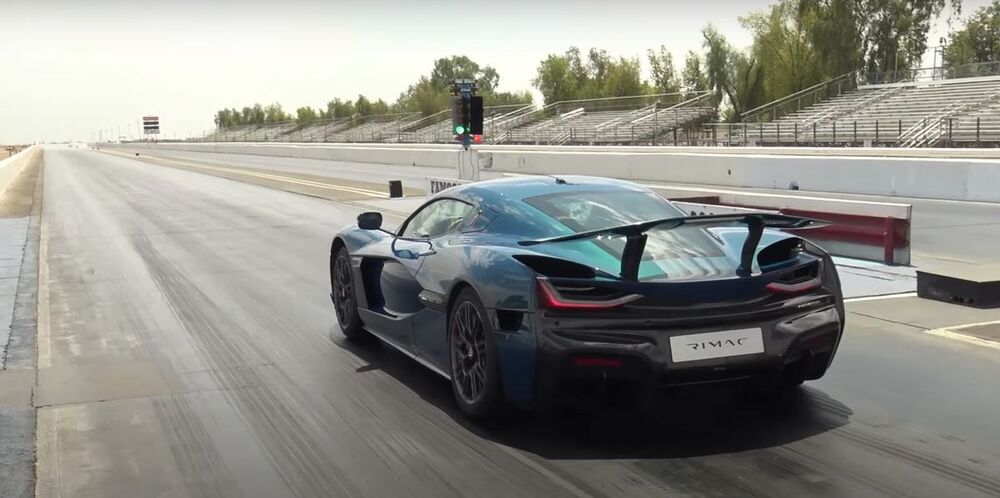
#Electric and faster than a Tesla. The Rimac Nevera is now officially the fastest accelerating production vehicle in the world. While on its way to participate in Pebble Beach celebrations this weekend, the electric hypercar made a stop at Famoso Raceway in McFarland, California, where it managed to set a production car record quarter-mile time of 8.582 seconds at 167.51 mph, according to Rimac. That was fast enough to beat the company’s own unofficial record of 8.62 seconds, which it set in Croatia back in June. Unlike that previous attempt, Rimac utilized a drag-friendly, VHT-prepped surface this time around. https://www.roadandtrack.com/news/a37304155/rimac-nevera-qua…ld-record/
Rimac enlisted Brooks Weisblat from DragTimes to be the wheelman for the record-setting attempt. Thankfully, that means we have some great video footage to go along with the new record. The Nevera is perfectly suited for this sort of endeavor, as the electric hypercar packs 1,914 horsepower and 1,741 lb-ft of torque. The car’s four electric motors also provide all-wheel drive, which utilizes Rimac’s All-Wheel Torque Vectoring 2 technology. Despite the help from the prepared surface and AWD, the Nevera wasn’t exactly testing in ideal conditions. The temperatures outside were as high as 98 degrees fahrenheit, with the track itself measuring in at 149 degrees fahrenheit. This required the company to make some setup adjustments as they went, making several passes in the process. The record-setting run itself was actually the eleventh pass the company made in quick succession.
This content is imported from YouTube. You may be able to find the same content in another format, or you may be able to find more information, at their web site.
